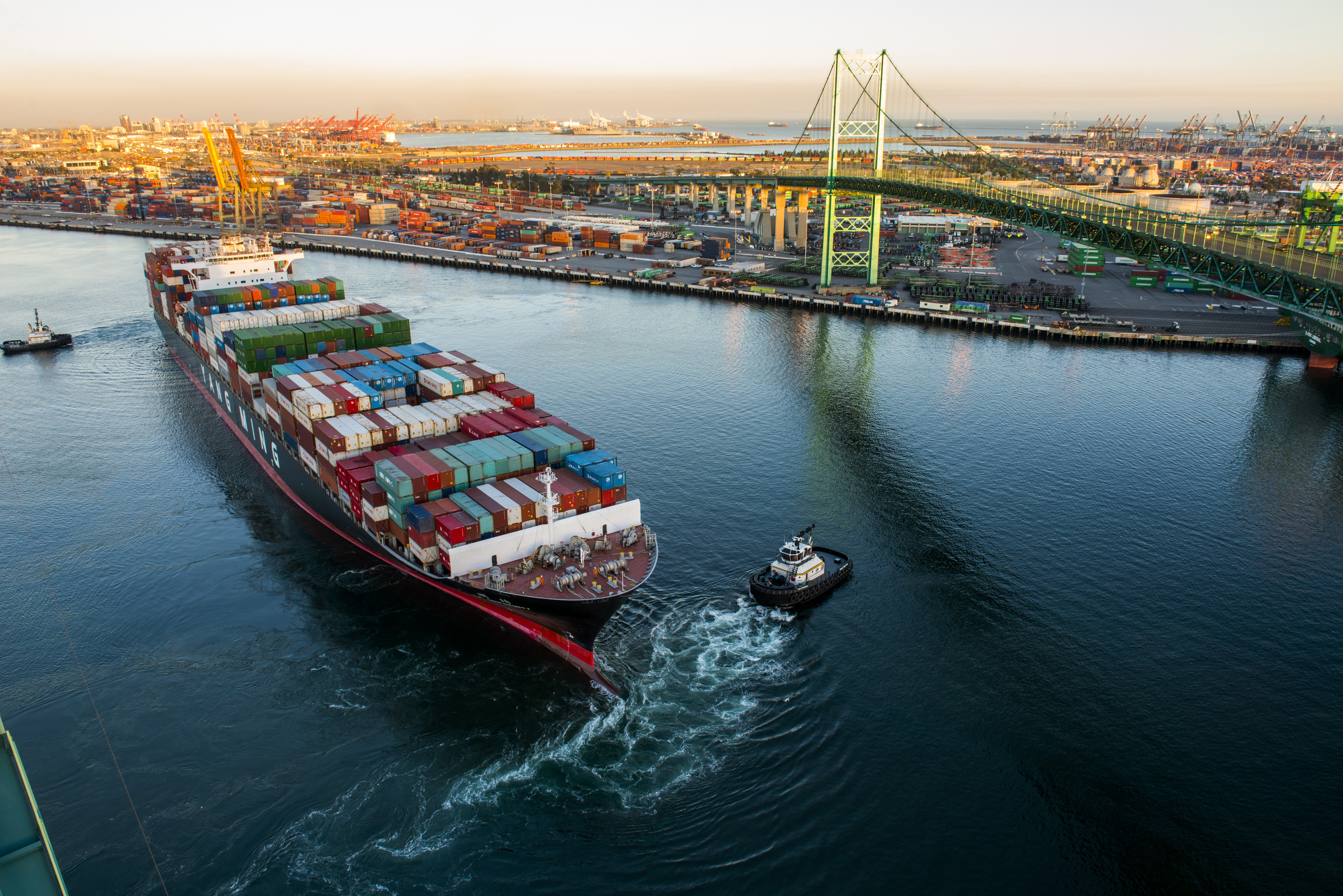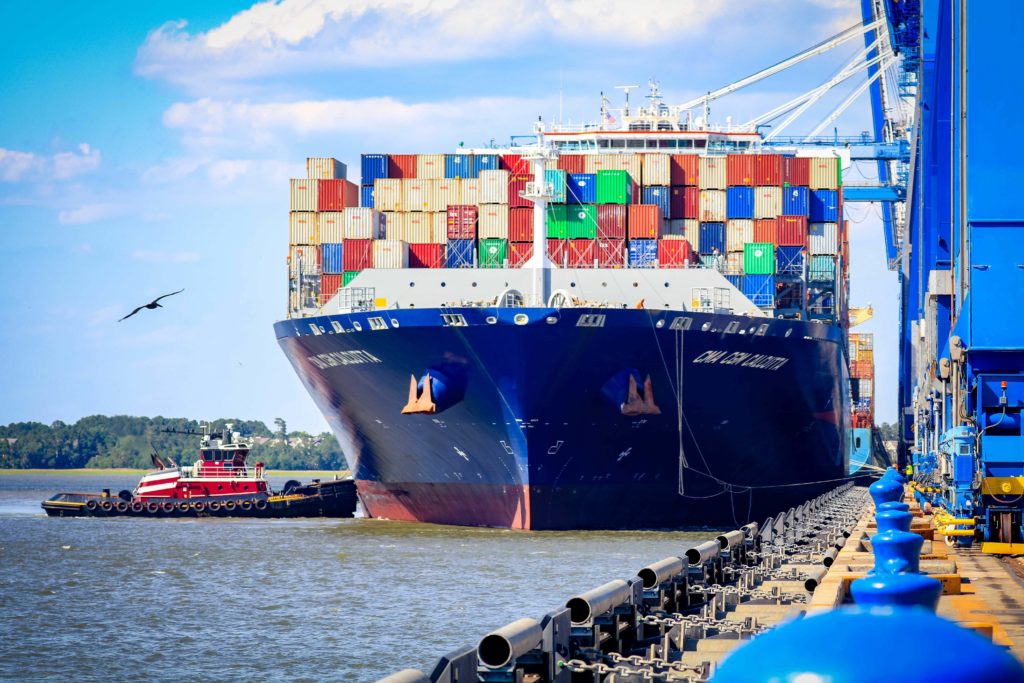Cargo volume down at East, West Coast ports
Trade wars and the Covid-19 pandemic continue to hurt traffic through the nation’s ports in 2020.

Trade wars and the Covid-19 pandemic have taken a toll on East and West Coast ports, with some reporting double-digit declines in the first half of 2020.
The Port of Los Angeles said this week that cargo volume was down 9.6% in June and 17.1% in the first six months of 2020 compared to 2019, due to global trade tensions and the pandemic. June loaded imports fell 6.8% to 369,189 twenty-foot-equivalent units (TEUs) compared to the previous year, and loaded exports dropped 21.3% to 109,586 TEUs. Empty containers declined 7.2% to 212,701 TEUs. In total, June volumes totaled 691,475 TEUs, officials said.
“Given the circumstances of an unresolved trade war and an ongoing pandemic, our June and mid-year cargo volumes are in line with our forecasting,” Port of Los Angeles Executive Director Gene Seroka said in a statement Wednesday. “Our focus now is on enhancing the port’s competitiveness with infrastructure, technology and operational efficiencies as we help get Americans back to work and drive economic recovery.”
Officials at the South Carolina Ports Authority reported lower volumes this week as well, although to a lesser degree. Reporting on its 2020 fiscal year, ended June 30, officials said the port was on track to hit another record year until the pandemic hit this spring “causing global disruption to supply chains and business operations.” S.C. Ports finished the fiscal year with 2.32 million TEUs handled at the Wando Welch and North Charleston container terminals, down 2.8% compared to fiscal 2019. S.C. Ports moved 1.32 million pier containers, which measures the total number of boxes handled, in fiscal year 2020—down 3.4% from a year ago.
South Carolina’s inland ports fared better. Inland Port Greer, located along Interstate 85 in Upstate South Carolina, finished the fiscal year with 140,155 rail moves, down 2.1%, and Inland Port Dillon, situated along Interstate 95 in the Pee Dee region of South Carolina, achieved its highest fiscal year volume on record with 32,453 rail moves, up 9.7%. Inland Port Dillon also achieved its best June yet with 2,696 rail moves last month, officials said.
“The pandemic impacted businesses across the board and our volumes reflect that. We hope to see continued recovery as we begin fiscal year 2021,” S.C. Ports President and CEO Jim Newsome said in a statement Wednesday.

For more coverage of the coronavirus crisis and how it's affecting the logistics industry, check out our Covid-19 landing page. And click here for our compilation of virus-focused websites and resource pages from around the supply chain sector.
Related Articles

Copyright ©2024. All Rights ReservedDesign, CMS, Hosting & Web Development :: ePublishing